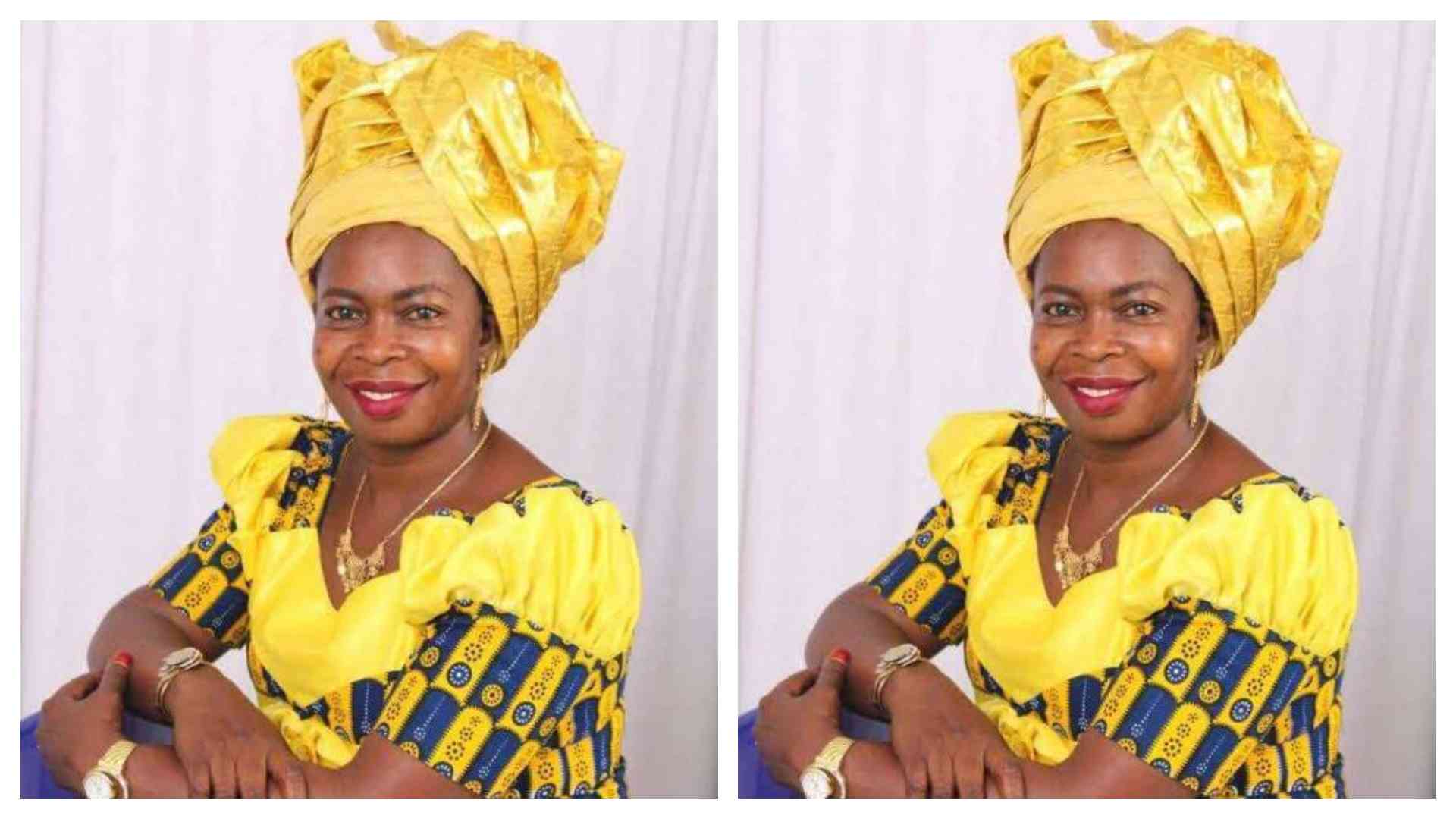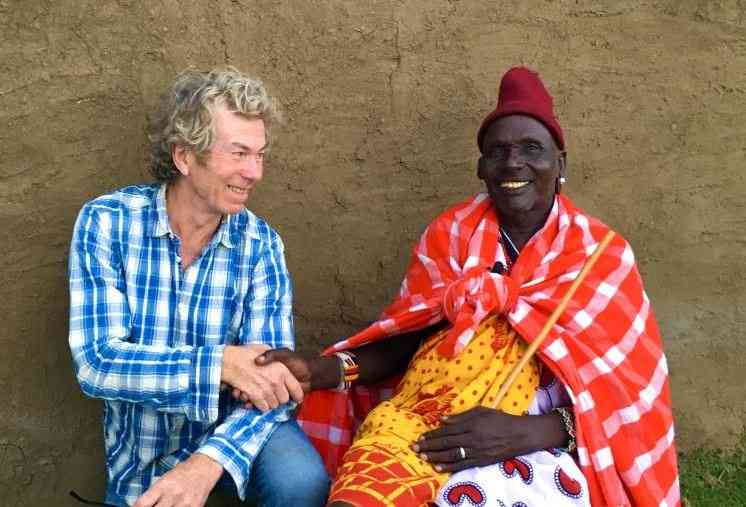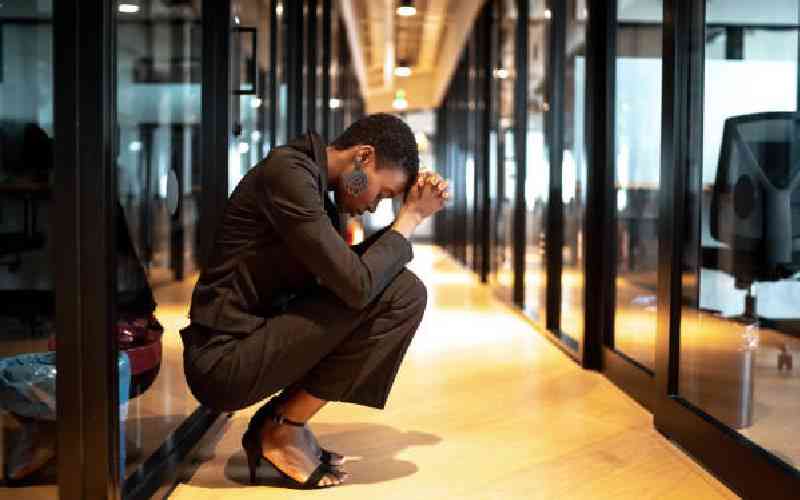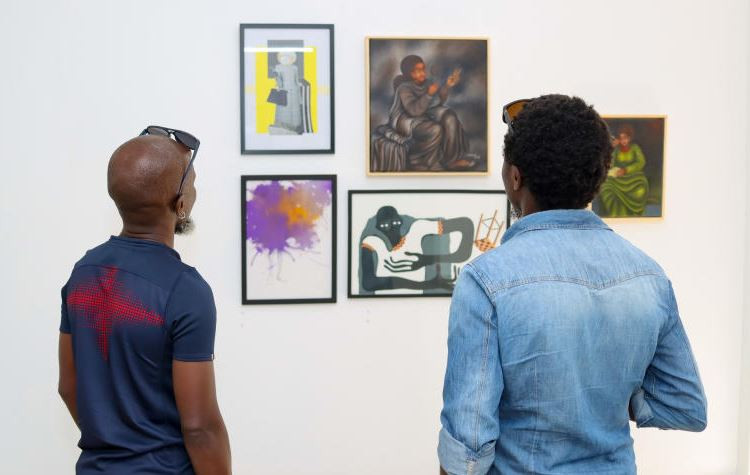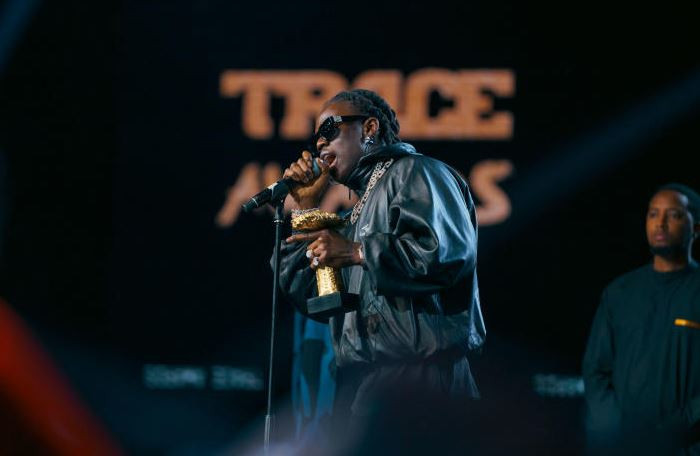
TITLE: Sibiloi
AUTHOR: Dan Kairo
PUBLISHER: Mystery Publishers
REVIEWER: Mbugua Ngunjiri
AVAILABILITY: Nuria Book Store
The disturbing spectre of the plunder of African resources came into sharp focus during a conversation between Dan Kairo and Kibacia Gatu, at the Baraza Media Lab, last month.
The two discussants agreed that African governments need, as a matter of urgency, to take charge of their destiny and protect what belongs to them, from foreign encroachment.
This illuminating conversation took place on the sidelines of the public reading of Sibiloi, a book written by Kairo.
- CoG wants doctors CBA reviewed, blames political incitement for strike
- What new health scheme will offer under scaled down budget
- One price fits all as new scheme standardises hospital payments
- Parliament team warns of health disruptions after Bill withdrawal
Keep Reading
Incidentally, the topic of natural resources in Kenya, has in the recent past, featured prominently in social media circles – mainstream media has given the topic a wide berth – with commentators claiming that the country is endowed with vast natural mineral resources and which are being secretly exploited by foreign firms in concert with crooked local government officials, with connections in high places.
This situation, the commentators argue, has the effect of denying Kenya the much needed resources, which if properly accounted for, would go a long way in boosting national coffers, significantly reduce foreign debt and generally lead to improvement of living standards of Kenyans.
The reason the conversation between Kairo and Kibacia took this turn was due to the fact that Kairo’s book revolves around an archaeological discovery in a remote outpost in Northern Kenya.
This discovery, once made public, would have huge ramifications on humanity and would entrench Africa and specifically Kenya, as the cradle of humanity. Kibacia was particularly concerned by the fact that a discovery of such magnitude is being spearheaded by foreigners, with Kenyan experts only playing a peripheral, if not subordinate roles.
Although Sibiloi is fictional, Kibacia’s concerns appear to align with those of the online commentators, where African officials conveniently look the other way while our natural resources continue to be plundered.
Now, Sibiloi, is a fictional story of a group of mostly foreign scientists, who set up camp among the Amalek, a community found in Northern Kenya, where they make a discovery that has the potential of shocking the whole world.
It all starts when a sacred belt, stolen from the Amalek, finds its way to a pawn shop in London and later sold to a collector, who is also an archaeologist. The collector soon discovers that this is not an ordinary belt. So explosive is the mystery held by the ancient belt that some people would kill to ensure it is not unveiled to the world.
The sacred belt, the Amalek elders explain, is part of what their ancestor gods bequeathed them, and that the complete information is stored in caves on the edges of Sibiloi National Park.
The scientists and the Amalek elders hammer out a deal; the scientists get access to the secret caves for ‘study’ purposes. In return, the community gets back their sacred belt.
One thing leads to another and the book comes to an explosive end, literally.
It so happens that the scientists, drawn from different countries, once they make their findings known, would require validation from their peers. They, therefore, plan to announce their findings via an international press conference at the site.
To whet the appetite of the media, the scientists issue a press release, which is carried in major international media outlets.
While the intended consumers of the reports are excited at the findings, certain extreme quarters are not happy and have vowed that the intended unveiling of the archaeological finding must be stopped at all costs, even if it means losing lives.
These are religious fundamentalists, both Christian and Muslim, who go to great lengths to ensure that dastardly deeds succeed.
As a reader, I was rooting for the archaeological find to be preserved and hoped that the religious extremists would be stopped in their tracks or better still, get arrested. The author though has a different outcome in mind, that goes contrary to my expectations; sort of an anti-climax.
But hey, who said that authors should pander to the expectations of readers? Theirs is to write the book, the best way they know how and leave the readers grappling with the aftermath.
Could the anticlimactic ending of the book be a metaphor of what Africa has undergone through the years – death and destruction?
Still, the author, a medical doctor by training, raises a number of issues that society needs to come to terms with. Take the example of religious fundamentalism, otherwise known as terrorism. While terrorists say they act in the name of religion, do their mindless acts represent what those religions stand for?
A good example is the murderous war being waged by the Israeli government on Gaza. When Israel received substantial criticism arising from their conduct of the war, Benjamin Netanyahu, the Israeli prime minister, went to great lengths quoting religious texts – shared by Judaism and Christianity – to justify the war.
One then wonders, how does religion, which is supposed to uphold the values of love and tolerance, now turn into the avenue for exterminating innocent women and children.
Aren’t the innocent victims supposed to be children of God, whose lives should be protected at all costs; not to be exterminated like vermin? Matters religion can get quite vexing and confounding; common sense, it seems, takes leave when religion takes centre stage.
This book, due to the explosive subject it addresses, would appear to be the proverbial cat that was thrown among pigeons; that it provokes such debate, is quite healthy.
Why for example would two opposing religions turn African soil into the theatre of their extreme ideologies – especially given that Africans had/have their ancient forms of worship?
Better still, are the sponsors of the mindless violence that features at the end of the book; threatened by African civilisation, as espoused in the discovery that brings foreign scientists to this remote part of Africa? And if this knowledge was in the custody of Africans for millennia, is it a ‘discovery’ or a vain ego trip?
Going back to the question of whether Kenya teems with precious natural resources, including minerals, one only needs to read The Big Conservation Lie, authored by Mordecai Ogada – a conservationist – and John Mbaria – a conservation journalist.
This book, among other issues, lays bare, the conservation myth in Kenya and lifts a veil on the secrets that the so-called conservationists would wish that Kenyans did not know.
And yes, the book says that Kenya’s natural resources are being exploited in secret. The Big Conservation Lie was published in 2016 and none of the conservationists have issued a rebuttal on what is contained in the book.
Ngunjiri is the curator of Maisha Yetu, an online media platform for books and the Arts.
 The Standard Group Plc is a multi-media organization with investments in media platforms spanning newspaper print
operations, television, radio broadcasting, digital and online services. The Standard Group is recognized as a
leading multi-media house in Kenya with a key influence in matters of national and international interest.
The Standard Group Plc is a multi-media organization with investments in media platforms spanning newspaper print
operations, television, radio broadcasting, digital and online services. The Standard Group is recognized as a
leading multi-media house in Kenya with a key influence in matters of national and international interest.


